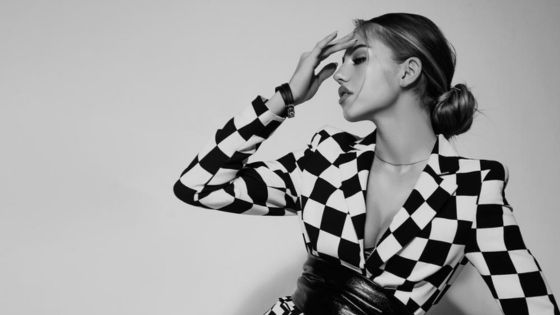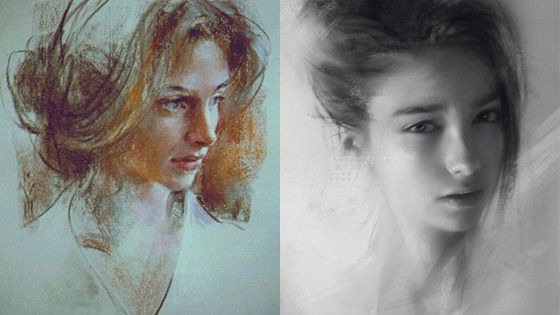Human figure drawing is an art form that has been practiced for centuries. It involves capturing the essence of the human form through the use of various techniques and materials. From ancient cave paintings to modern-day digital art, human figure drawing has been a constant presence in the world of art.

Fundamentals of Human Figure Drawing are essential to master before moving on to more advanced techniques. Understanding the basic proportions and anatomy of the human body is crucial to creating realistic and believable figures. Additionally, learning how to properly use materials and tools such as pencils, charcoal, and erasers can greatly enhance the quality of one’s drawings. These skills are the foundation of human figure drawing and are necessary for any artist looking to improve their craft.
Key Takeaways
- Understanding the fundamentals of human figure drawing is crucial for creating realistic and believable figures.
- Properly using materials and tools such as pencils, charcoal, and erasers can greatly enhance the quality of one’s drawings.
- Learning how to capture movement, facial features, and expressions can take human figure drawing to the next level.
Fundamentals of Human Figure Drawing

Proportions and Measurements
When it comes to human figure drawing, understanding proportions and measurements is crucial. The human body can be broken down into several basic measurements, such as the head, torso, arms, and legs. These measurements can be used as a guide to ensure that the proportions of the figure are accurate. For example, the head is typically about one-seventh the height of the entire body.
Anatomy Basics
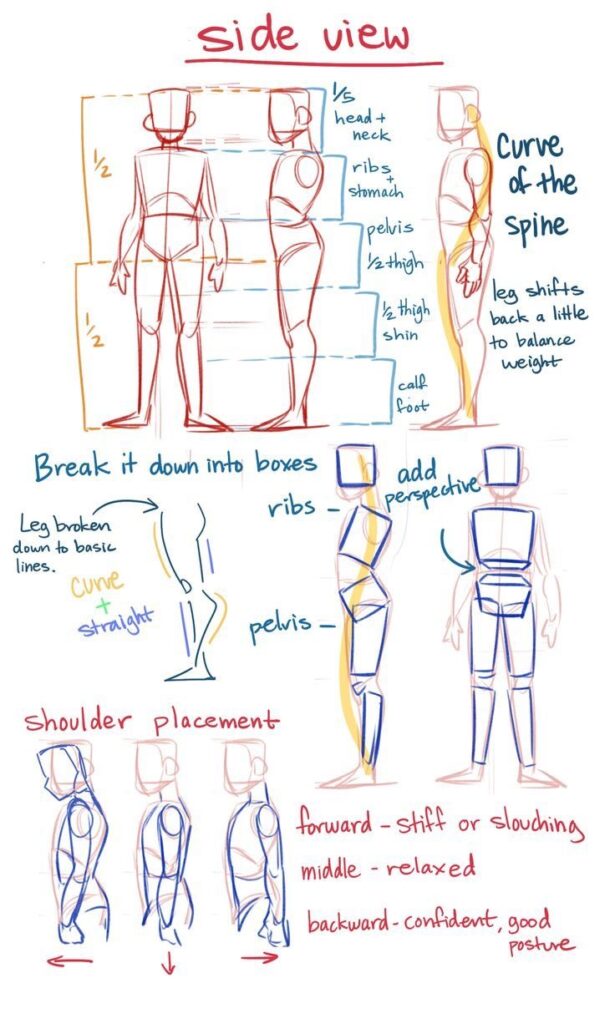
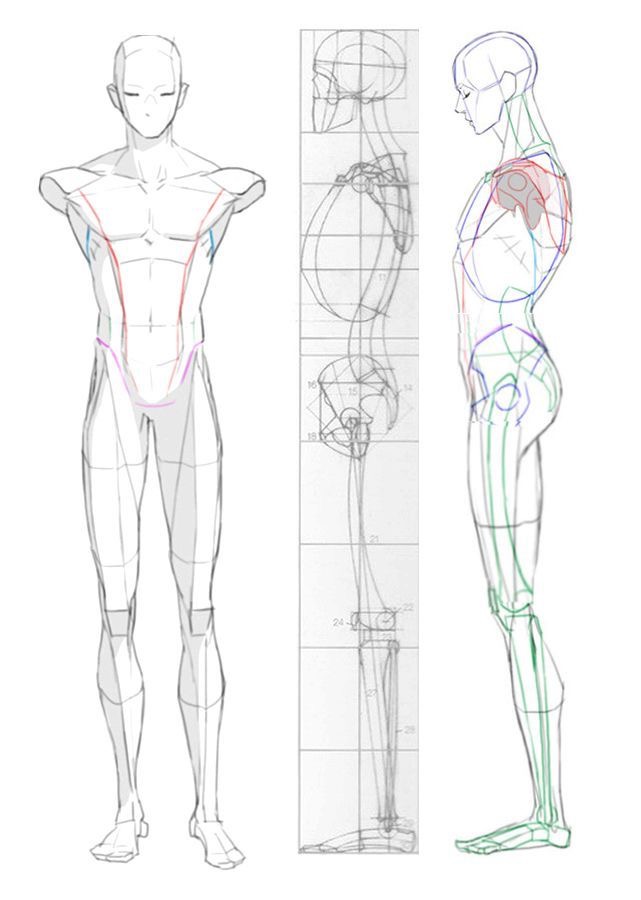
A basic understanding of anatomy is also important for human figure drawing. Knowing the placement and structure of bones, muscles, and other body parts can help artists create more realistic and dynamic figures. For example, understanding the placement of the shoulder blades can help an artist create a more accurate and natural-looking pose.
Understanding Body Dynamics
Human figures are rarely static, and understanding body dynamics can help artists create more dynamic and interesting poses. Dynamics can refer to the movement of the body, the tilt of the head, or even the position of the hands. By understanding how the body moves and interacts with the environment, artists can create more believable and engaging figures.

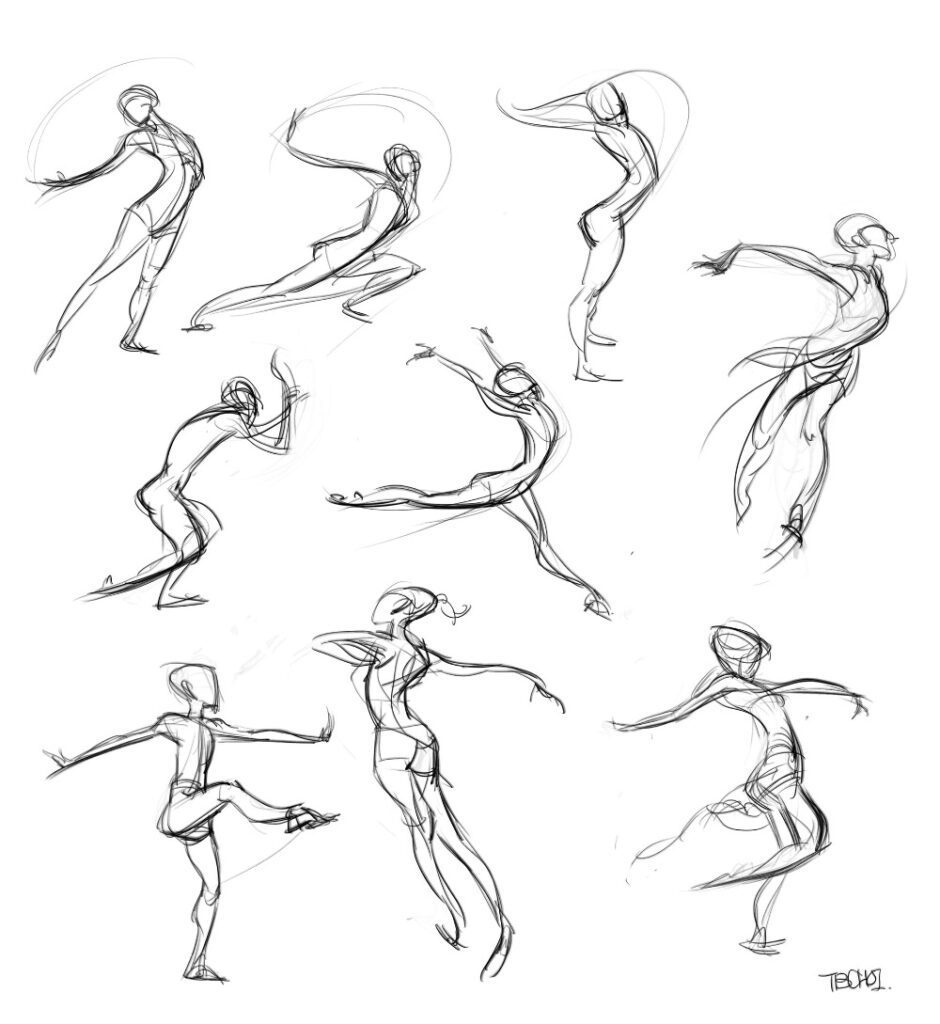
In summary, the fundamentals of human figure drawing include understanding proportions and measurements, anatomy basics, and body dynamics. By mastering these fundamentals, artists can create more realistic and dynamic figures that capture the essence of the human form.
Materials and Tools

Choosing the Right Medium
When it comes to human figure drawing, the choice of medium is crucial. Different mediums offer different effects and techniques, so it is important to choose the one that best suits your needs and artistic style. Some popular mediums for figure drawing include graphite, charcoal, pen and ink, and pastels.
Graphite is the most commonly used medium for figure drawing, as it allows for precise lines and shading. Charcoal, on the other hand, is ideal for creating bold, dramatic effects and is often used for life drawing classes. Pen and ink is a versatile medium that can be used to create intricate details and bold lines, while pastels offer a soft, blended effect that is ideal for creating realistic skin tones.
Paper Types and Textures
In addition to choosing the right medium, selecting the right paper is also important for achieving the desired effect in human figure drawing. There are a variety of paper types and textures to choose from, each with its own unique properties.
Smooth paper is ideal for detailed work and precise lines, while rough paper is better suited for creating texture and depth. Medium textured paper offers a balance between the two, making it a popular choice for figure drawing. It is also important to consider the weight and size of the paper, as heavier paper can withstand more layers of medium without tearing, and larger paper allows for more freedom of movement and expression.
Overall, the choice of materials and tools for human figure drawing ultimately comes down to personal preference and artistic style. Experimenting with different mediums and paper types can help artists find the perfect combination for their individual needs.
Drawing Techniques

Gesture Drawing

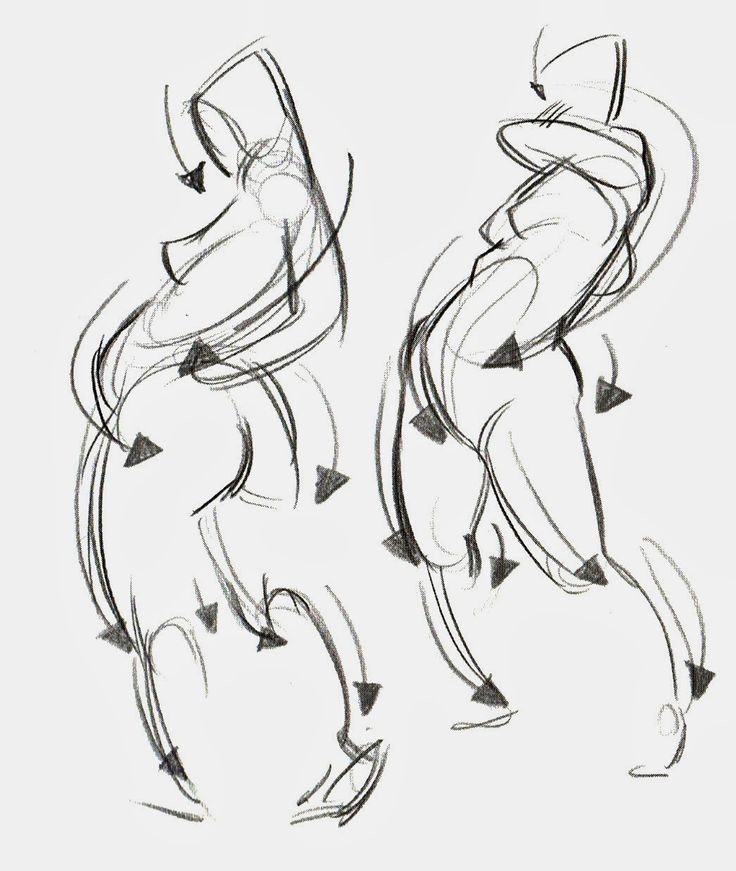
Gesture drawing is a quick and loose style of drawing that captures the essence and movement of the human figure. It is often used as a warm-up exercise to loosen up the artist’s hand and to train their eye to observe and capture the essence of the pose. Gesture drawing is typically done in a matter of seconds to a few minutes, and emphasizes the flow and rhythm of the pose rather than the details.
Contour Drawing
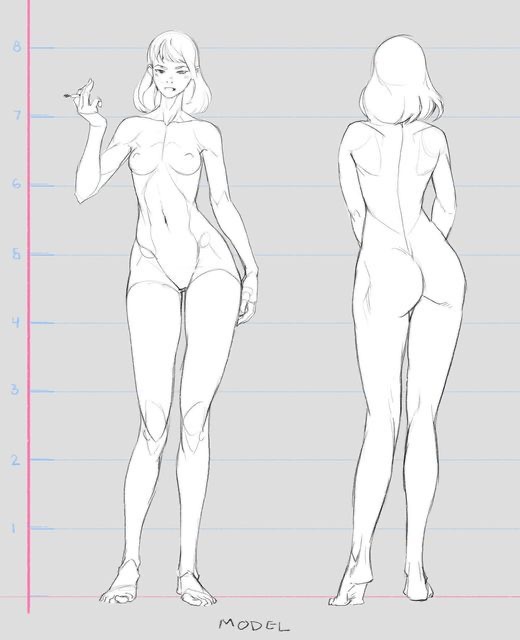
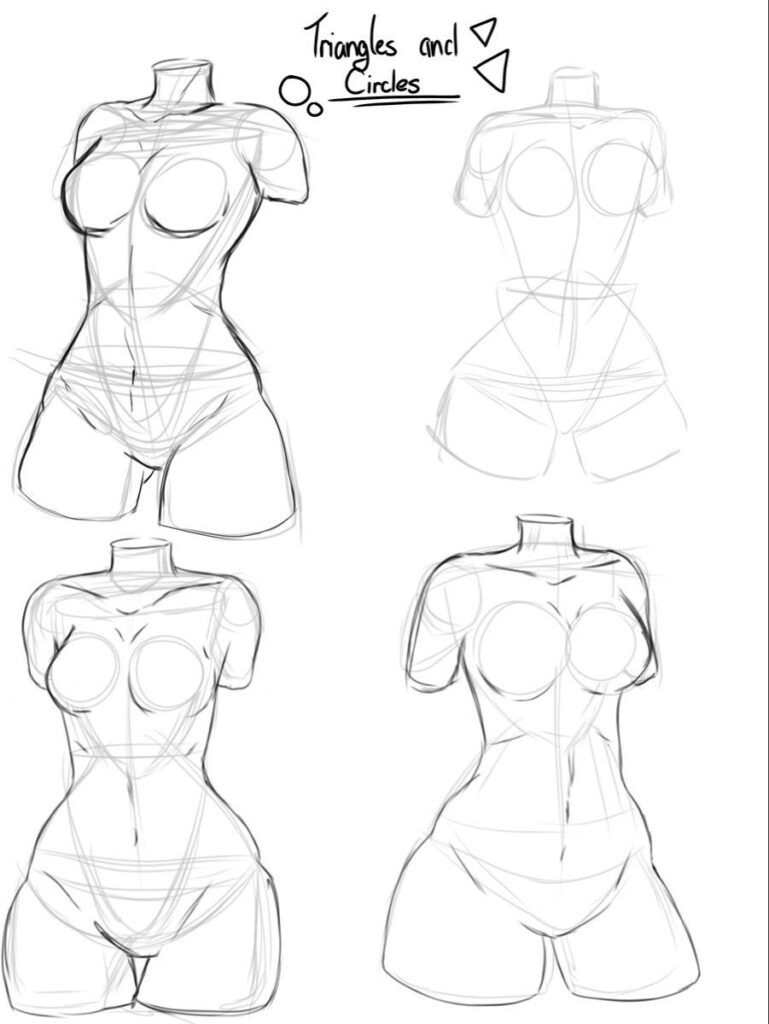
Contour drawing is a method of drawing that emphasizes the outlines and edges of the human figure. It involves carefully observing the subject and drawing the lines that define the shape of the figure. Contour drawing can be done in a variety of styles, from simple and minimalistic to highly detailed and realistic. It is often used as a way to practice accuracy and precision in drawing.
Shading and Rendering
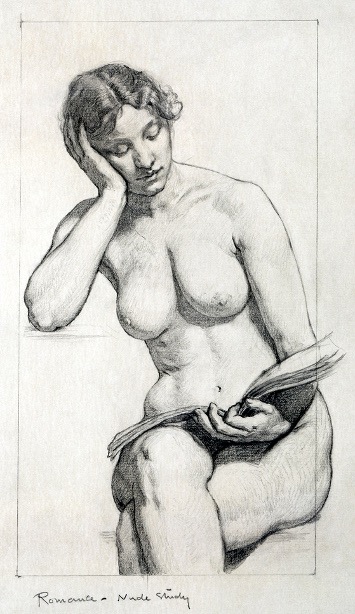

Shading and rendering are techniques used to give depth and dimension to a drawing of the human figure. Shading involves adding value to the drawing to create the illusion of light and shadow. This can be done using a variety of techniques, such as hatching, cross-hatching, and stippling. Rendering involves adding texture and detail to the drawing, such as wrinkles, folds, and hair. This can be done using a variety of techniques, such as blending, smudging, and erasing.
Overall, these drawing techniques are essential for any artist who wants to capture the human figure in a compelling and realistic way. By mastering these techniques, an artist can create drawings that convey movement, emotion, and personality, and that capture the essence of the human form.
Perspective and Foreshortening

One-Point Perspective
One-point perspective is a technique used in drawing to create the illusion of depth and space on a two-dimensional surface. It is achieved by drawing a scene as if it were viewed through a single point, known as the vanishing point. In human figure drawing, one-point perspective is often used to create the illusion of a figure standing on a flat surface, such as the ground.

To create the illusion of depth using one-point perspective, the artist must draw the figure in such a way that the lines of the body converge towards the vanishing point. This creates the impression that the figure is standing on a flat surface and receding into the distance.
Two-Point Perspective
Two-point perspective is a technique used in drawing to create the illusion of depth and space on a two-dimensional surface. It is achieved by drawing a scene as if it were viewed through two points, known as the vanishing points. In human figure drawing, two-point perspective is often used to create the illusion of a figure in motion or in a three-dimensional space.

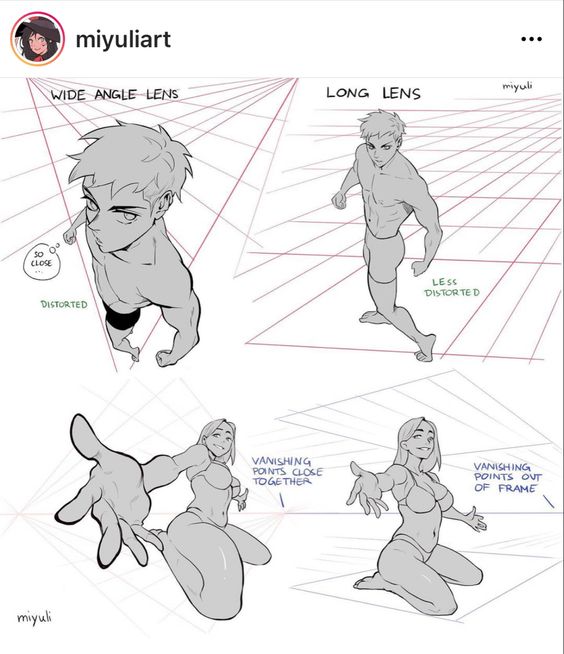
To create the illusion of depth using two-point perspective, the artist must draw the figure in such a way that the lines of the body converge towards the two vanishing points. This creates the impression that the figure is moving or standing in a three-dimensional space.
Both one-point and two-point perspective can be used to create the illusion of foreshortening in human figure drawing. Foreshortening is the technique of drawing a figure in such a way that it appears to be compressed or shortened due to the angle of view. This technique is often used to create dramatic and dynamic poses in figure drawing.
In conclusion, perspective and foreshortening are essential techniques in human figure drawing. They allow the artist to create the illusion of depth and space on a two-dimensional surface and to create dynamic and dramatic poses.
Capturing Movement

Drawing the human figure in motion can be a challenging task for artists. Capturing movement requires an understanding of anatomy, balance, and weight distribution. In this section, we will explore some techniques for capturing movement in figure drawing.
Dynamic Poses
Dynamic poses are poses that convey movement and energy. These poses can be challenging to draw, but they can also be the most rewarding. To capture a dynamic pose, an artist must pay attention to the direction of the movement, the placement of the limbs, and the balance of the figure.

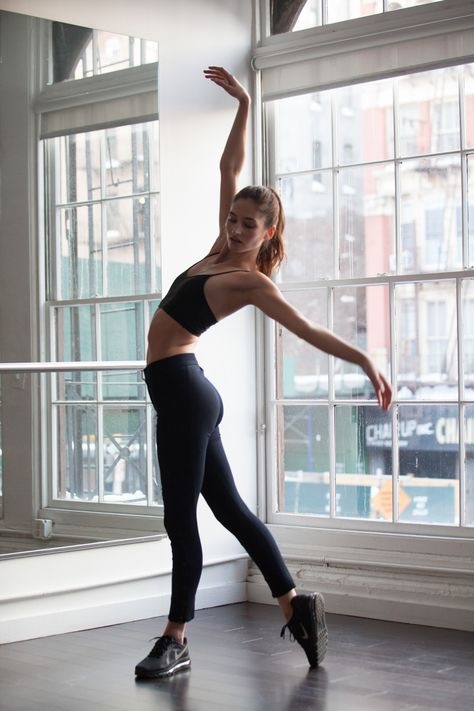
One technique for capturing a dynamic pose is to use gesture drawing. Gesture drawing involves quickly sketching the basic shapes and lines of the figure to capture its movement and energy. This technique can help an artist to quickly capture the essence of a pose and create a sense of movement in their drawing.
Expressing Motion
Expressing motion in a drawing can be done by manipulating various elements such as line, shape, and color. An artist can use bold, sweeping lines to convey speed and movement, or they can use soft, flowing lines to create a sense of grace and fluidity.
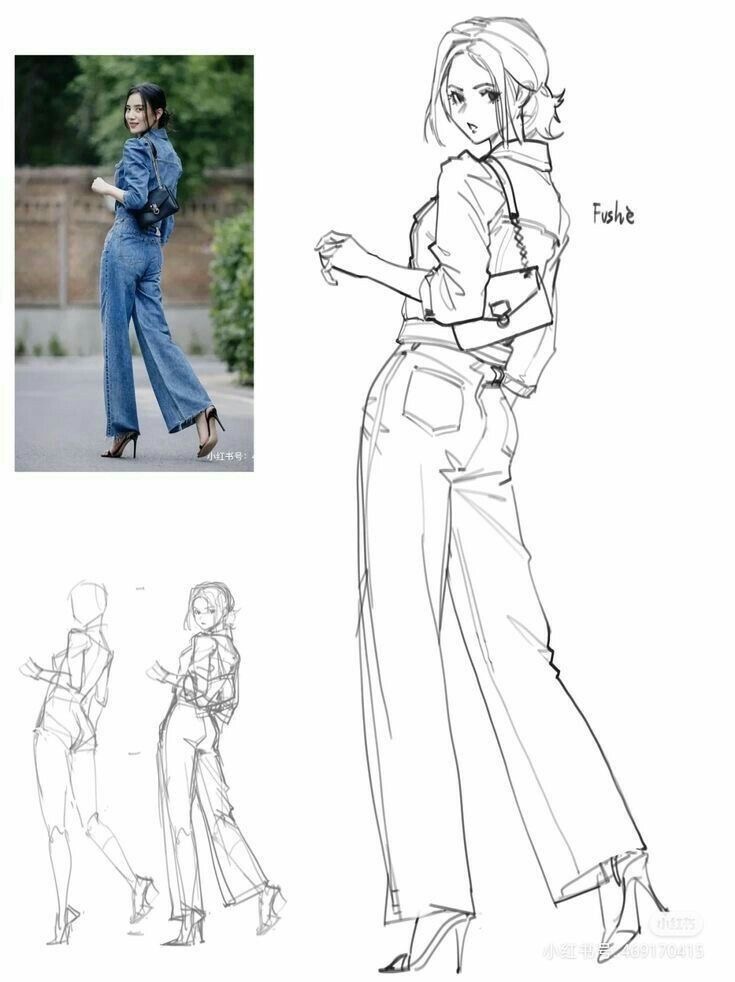
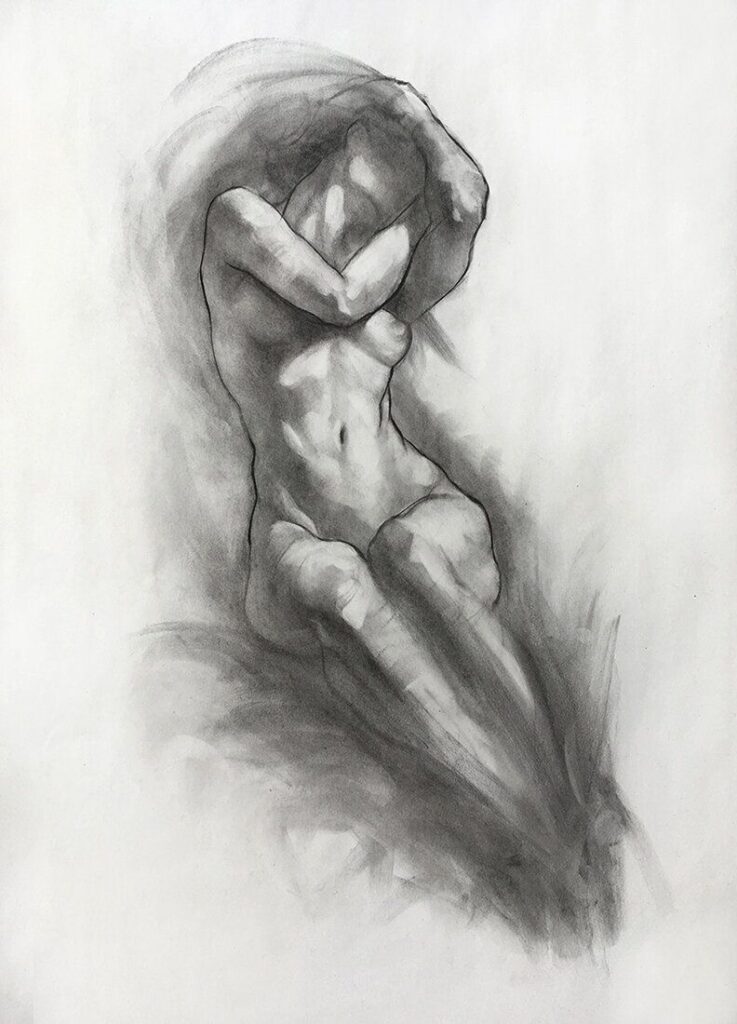
Another technique for expressing motion is to use overlapping shapes. Overlapping shapes can create a sense of depth and movement in a drawing. By overlapping limbs and other body parts, an artist can create a sense of motion and energy in their drawing.
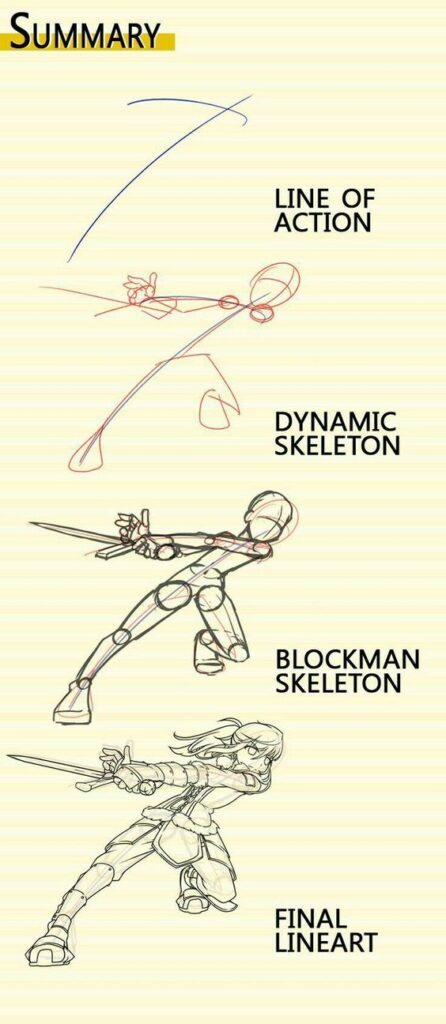
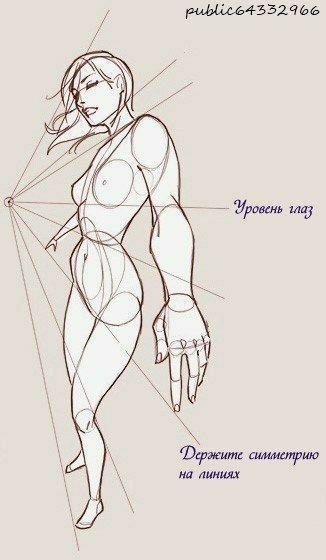
In conclusion, capturing movement in figure drawing requires an understanding of anatomy, balance, and weight distribution. By using techniques such as gesture drawing and manipulating line and shape, an artist can create dynamic poses that convey movement and energy.
Facial Features and Expressions
Drawing the human face is a challenging yet rewarding task. The face is where we find the most information about a person, and the facial features and expressions are key elements in capturing their likeness and personality. In this section, we will discuss the two most important facial features and expressions: the eyes and the mouth.
Eyes and Gaze
The eyes are often referred to as the windows to the soul, and for good reason. They are one of the most expressive features of the human face, capable of conveying a wide range of emotions and moods. When drawing eyes, it is important to pay attention to their shape, size, and placement on the face. The iris and pupil should also be carefully drawn to create a realistic and lifelike gaze.

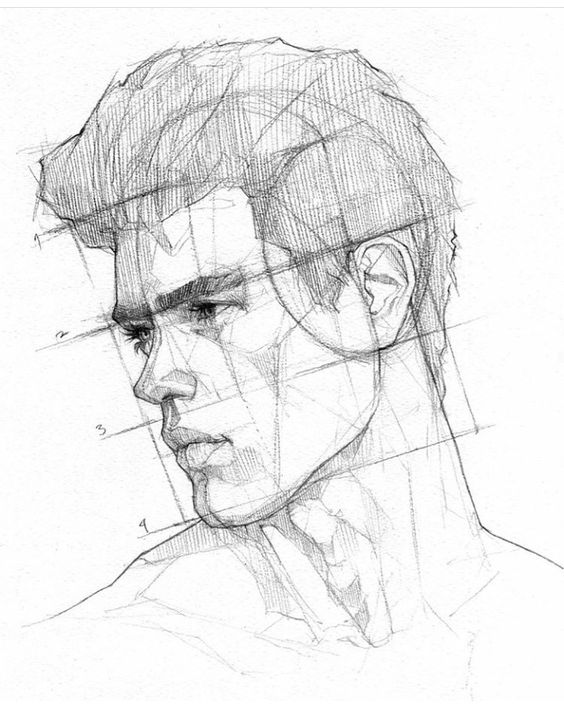
Gaze direction is another important aspect of drawing eyes. The direction of the gaze can convey different emotions and moods. For example, a direct gaze can be interpreted as confident or confrontational, while a downward gaze can suggest sadness or contemplation. It is important to consider the context of the drawing and the personality of the subject when deciding on the gaze direction.
Mouth and Emotions
The mouth is another crucial element in capturing the likeness and personality of a subject. The shape and position of the mouth can convey a wide range of emotions, from joy and happiness to anger and sadness. When drawing the mouth, it is important to pay attention to the curvature of the lips and the position of the teeth.
The position of the mouth on the face is also important. A smile that is too high on the face can make the subject look unnatural or insincere, while a frown that is too low can create an unflattering appearance. It is important to study the relationship between the mouth and the other facial features to create a harmonious and balanced drawing.
In conclusion, mastering the facial features and expressions is essential for anyone interested in human figure drawing. By paying attention to the eyes and mouth, and using the right techniques and tools, artists can create lifelike and expressive portraits that capture the essence of their subjects.
Clothing and Drapery

Fabric Folds
When it comes to drawing clothing and drapery, understanding the way fabric folds is crucial. The way fabric drapes and folds over the human body can greatly affect the overall appearance of a figure drawing.
There are several types of fabric folds, including spiral folds, zigzag folds, and half-lock folds. Spiral folds occur when fabric drapes around a form, creating a spiral shape. Zigzag folds occur when fabric is stretched or pulled in opposite directions. Half-lock folds happen when fabric overlaps and creates a fold that resembles a “Z” shape.
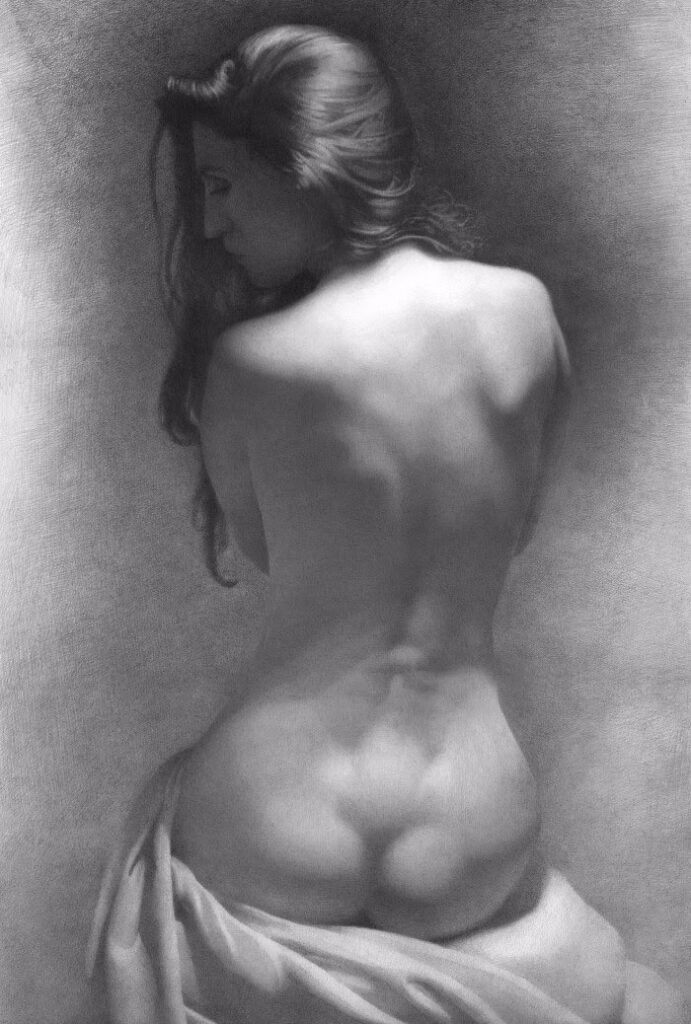

It’s important to study and practice drawing these different types of folds to accurately depict clothing and drapery in figure drawings. One effective way to practice this is by observing real-life examples of fabric folds and practicing drawing them from different angles and lighting conditions.
Interacting with the Body
Clothing and drapery not only affect the appearance of a figure drawing, but they also interact with the body in realistic ways. Understanding how fabric interacts with the human body can help bring a drawing to life.
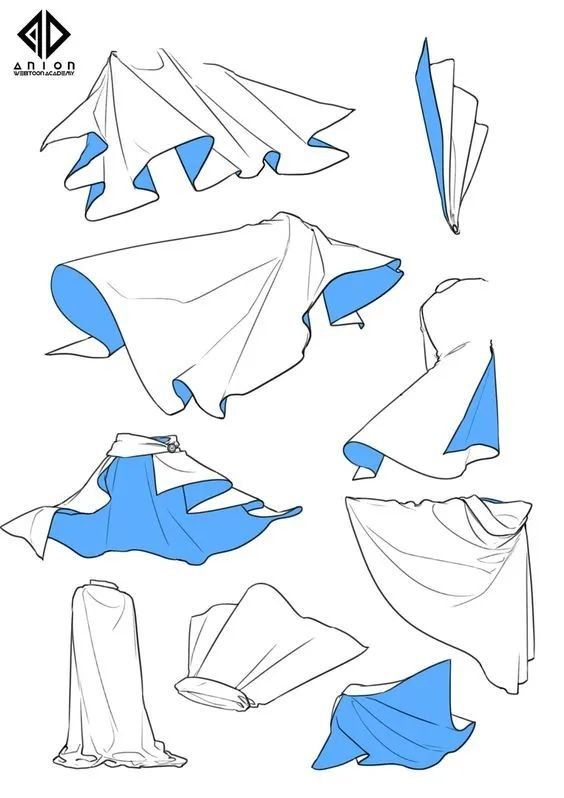
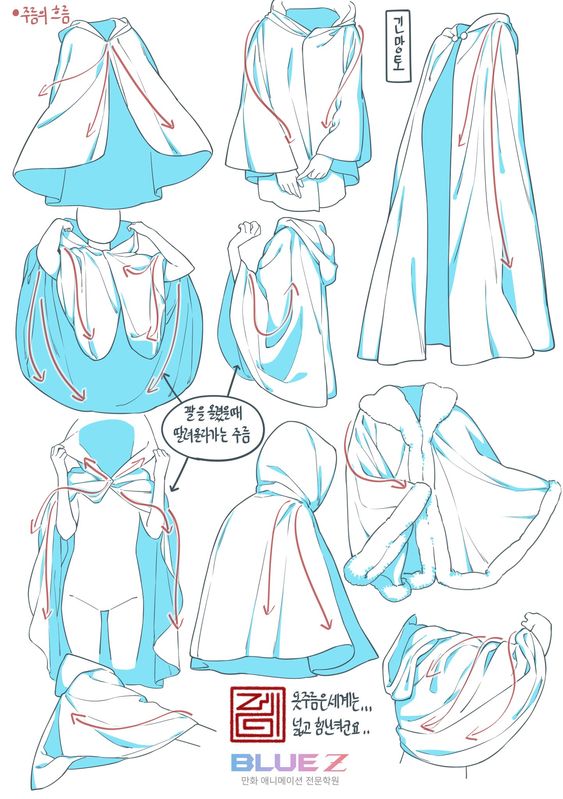
For example, when a person raises their arm, the fabric of their shirt will gather and bunch up around the armpit. When a person sits down, the fabric of their pants will crease and fold around the knees and hips. These small details can greatly enhance the realism of a figure drawing.
Observing real-life examples and practicing drawing clothing and drapery in different poses can help artists accurately depict these interactions. It’s also important to consider the weight, texture, and thickness of the fabric when drawing clothing and drapery.
Overall, understanding fabric folds and interactions with the body is essential for creating realistic and dynamic figure drawings.
Light and Shadow

Light Source Identification
When drawing human figures, light and shadow play a crucial role in creating depth and dimensionality. Identifying the light source is the first step in understanding how light and shadow will interact with the figure.
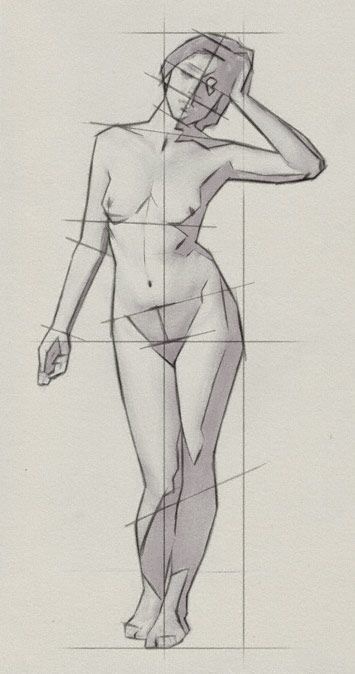
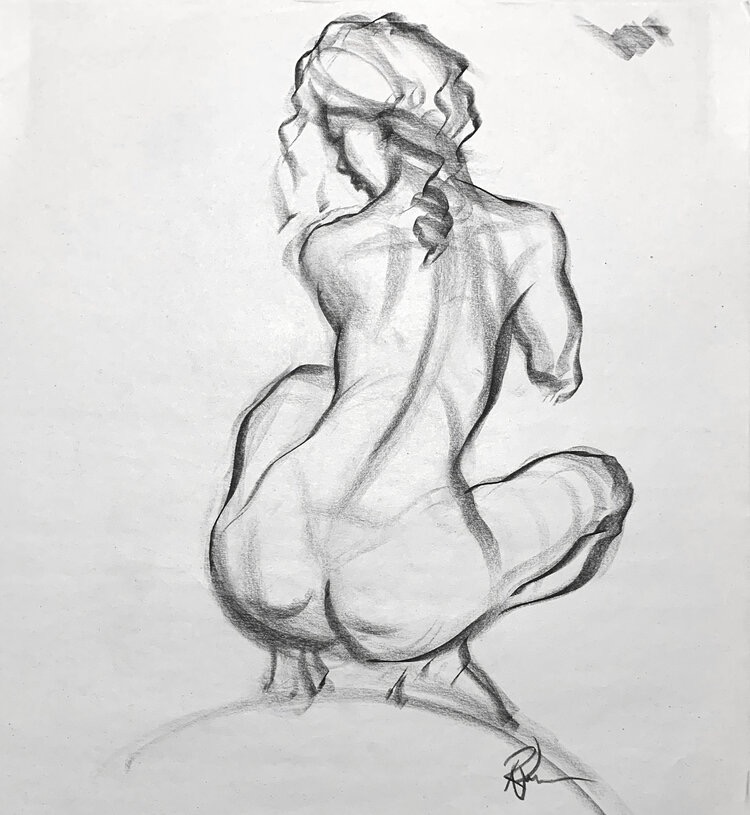
The light source can come from any direction, and it is important to consider its position and angle in relation to the figure. This will determine which areas of the figure will be in shadow and which will be highlighted.
Cast Shadows and Highlights
Cast shadows and highlights are the result of the interaction between the figure and the light source. Cast shadows are the areas where the figure blocks the light, while highlights are the areas where the light hits the figure directly.
When drawing shadows, it is important to consider the shape and form of the object casting the shadow. The shape of the shadow will be determined by the shape of the object casting it and the angle of the light source.
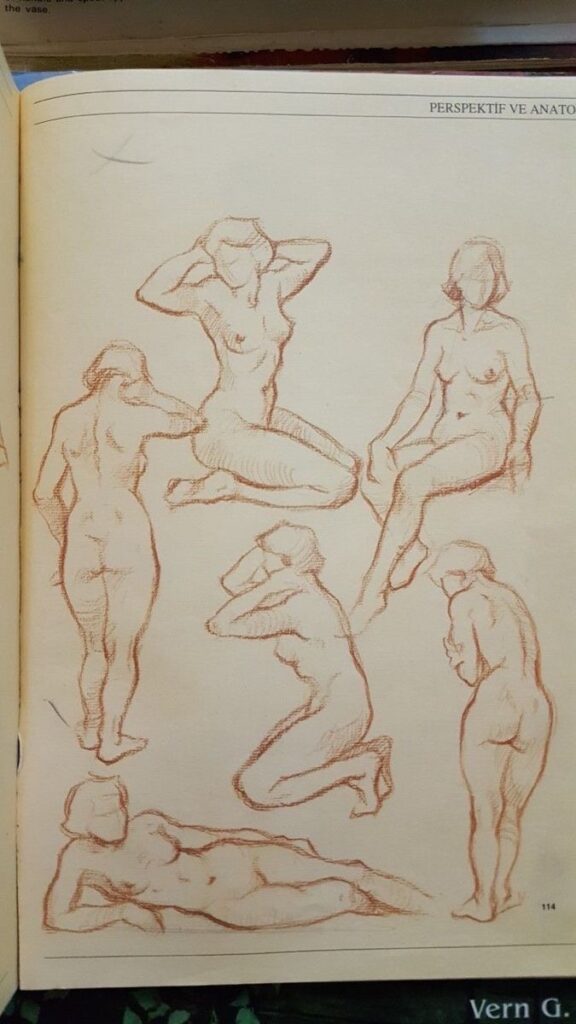
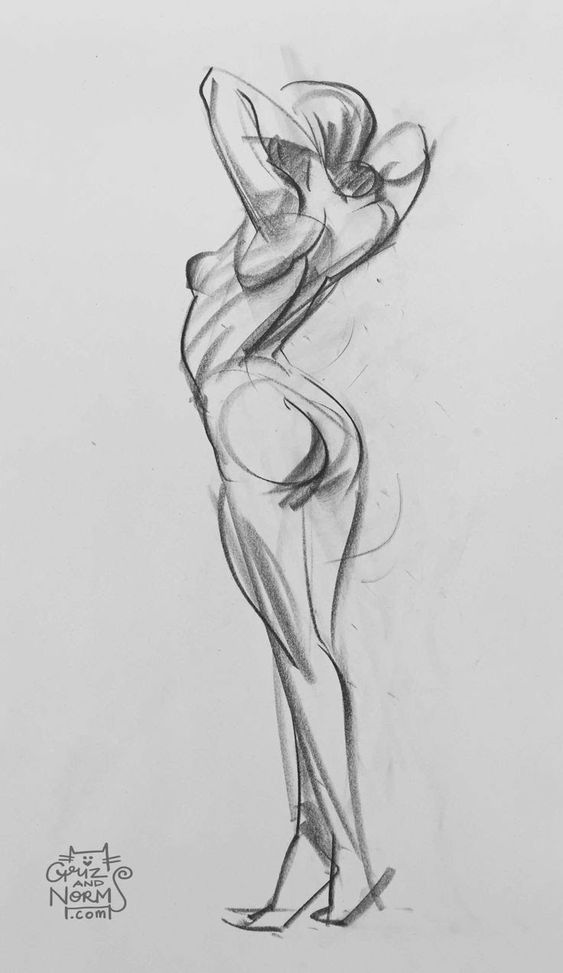
Highlights, on the other hand, are areas where the light hits the figure directly and reflects back to the viewer. This can be used to create the illusion of volume and depth in the figure.
Overall, understanding light and shadow is essential for creating realistic and dynamic human figure drawings. By identifying the light source and considering the interaction between the figure and the light source, artists can create more convincing and engaging drawings.
Composition and Storytelling

Creating a Focal Point
When it comes to human figure drawing, creating a focal point is crucial to guide the viewer’s eye and convey the intended message. The focal point can be created through various techniques such as contrast, size, and placement. For example, using a larger figure or placing it in the center of the composition can draw the viewer’s attention. Similarly, using contrasting colors or values can also create a focal point.
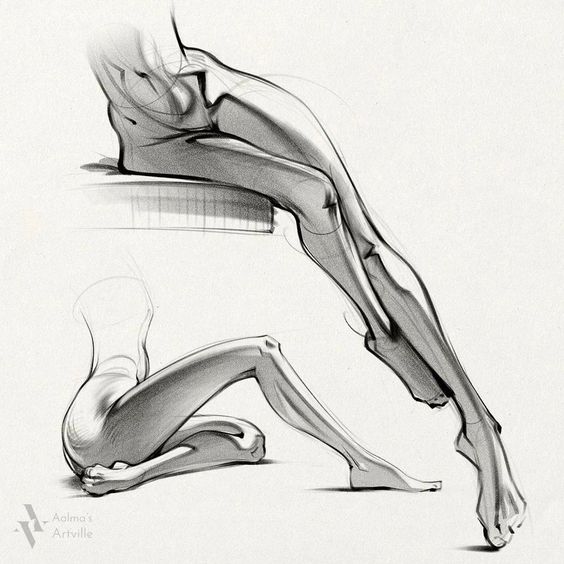
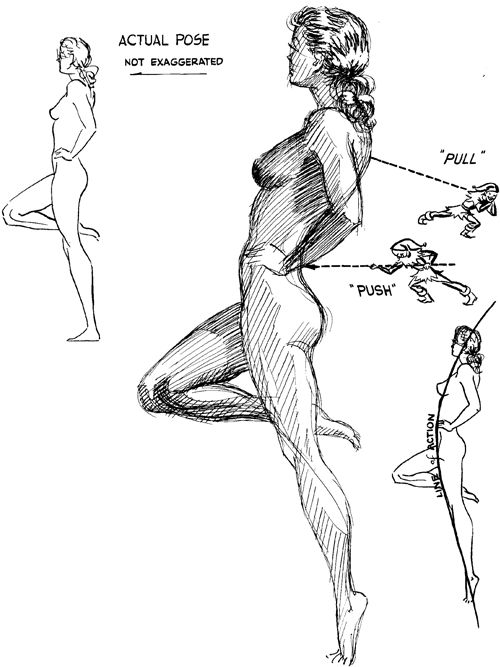
Another effective way to create a focal point is by using a directional line. This can be achieved by positioning the figures in a way that creates a natural flow of movement, leading the viewer’s eye towards the focal point. It is important to note that the focal point should not be overused and should be balanced with the rest of the composition.
Narrative Elements
Human figure drawing can also be used to tell a story or convey a message. In order to do so, it is important to incorporate narrative elements into the composition. This can be achieved through various techniques such as facial expressions, body language, and setting.
Facial expressions can convey emotions and help the viewer connect with the figures in the drawing. Similarly, body language can be used to convey a sense of movement and action, adding depth to the story. The setting can also play a crucial role in storytelling, providing context and enhancing the overall message.
Incorporating narrative elements can be challenging, but it can also add a new level of depth and meaning to the drawing. It is important to carefully consider the intended message and use the appropriate techniques to effectively convey it.
Practice and Improvement

Regular Exercises
To improve their human figure drawing skills, artists need to practice regularly. Regular exercises can help an artist develop their skills and improve their accuracy, speed, and creativity. One of the most effective ways to practice is to draw from life. Drawing from life means drawing a live model or a real-life scene. This helps an artist to understand the human form and to develop their observation skills.
Another effective exercise is to draw from photographs. This can help an artist to practice their skills without the need for a live model. It is important to choose high-quality photographs that show the human form in different poses and angles.
Critique and Feedback
Critique and feedback are essential for artists who want to improve their human figure drawing skills. Critique can help an artist to identify areas where they need to improve and to receive guidance on how to do so. Feedback can also help an artist to gain perspective on their work and to identify their strengths and weaknesses.
One effective way to receive critique and feedback is to join a drawing group or take a class. This allows an artist to receive feedback from other artists and to learn from their experiences. It is also important to seek out feedback from trusted sources, such as art teachers, mentors, or peers.
In conclusion, regular practice and feedback are crucial for artists who want to improve their human figure drawing skills. By incorporating regular exercises and seeking critique and feedback, artists can develop their skills and create more accurate, expressive, and compelling drawings.
Advanced Techniques

Color Theory in Figure Drawing
Color theory is an essential aspect of figure drawing that can add depth and dimension to the artwork. The use of color can help to communicate the mood, emotion, and atmosphere of the figure being drawn. When choosing colors, it’s important to consider the color wheel and how different colors interact with each other.
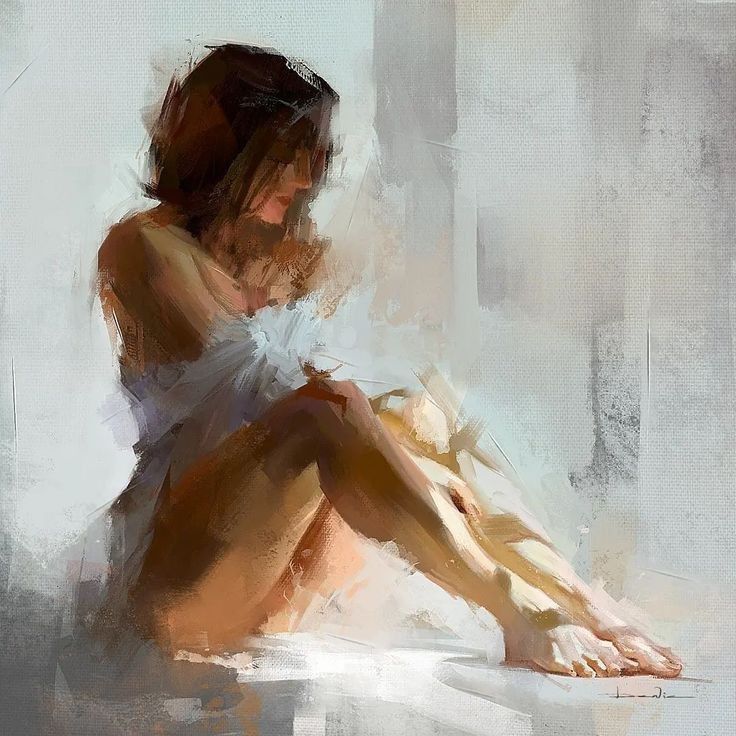
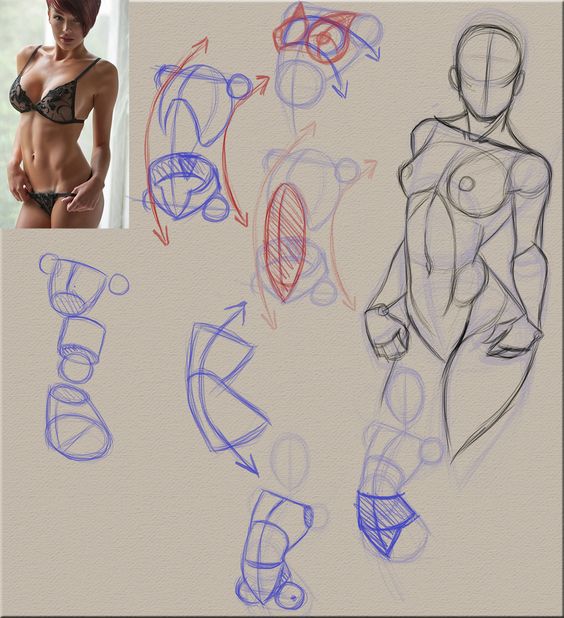
For example, complementary colors, such as red and green or blue and orange, can create a sense of contrast and tension in the drawing. Analogous colors, on the other hand, such as blue, blue-green, and green, can create a sense of harmony and unity. It’s also important to consider the temperature of the colors being used, as warm colors can create a sense of energy and vibrancy, while cool colors can create a sense of calm and tranquility.
Mixed Media Approaches
Mixed media approaches in figure drawing involve the use of various materials and techniques to add texture, depth, and interest to the artwork. This can include the use of charcoal, ink, pastels, and watercolors, among other materials.
One popular mixed media approach is the use of collage, where different materials, such as newspaper clippings or magazine cutouts, are glued onto the drawing surface to create a layered effect. Another approach is the use of stencils or stamps to add patterns or designs to the drawing.
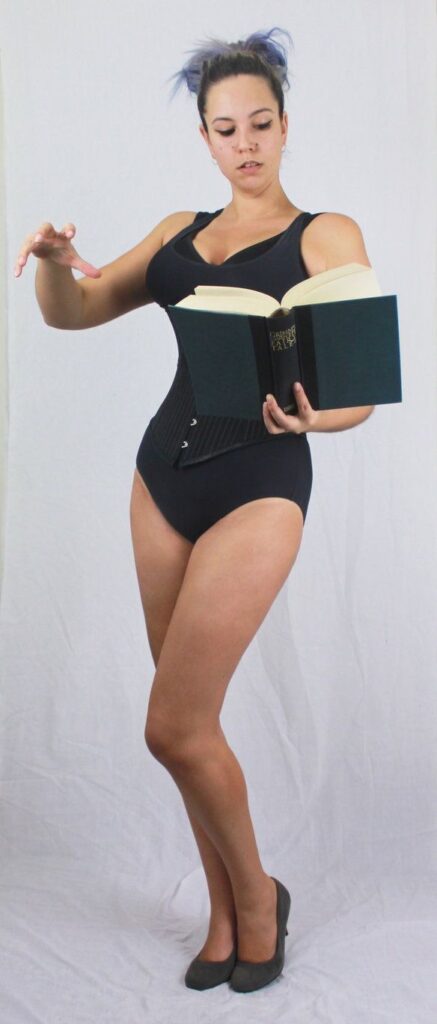

When using mixed media approaches, it’s important to consider the compatibility of the materials being used and to experiment with different techniques to find the best approach for the desired effect.
Historical and Cultural Context

When it comes to human figure drawing, it is important to understand the historical and cultural context in which this art form has developed. Throughout history, artists have depicted the human form in a variety of ways, influenced by their cultural and societal beliefs.
Influential Artists and Movements
One of the most influential movements in the history of human figure drawing was the Renaissance. During this period, artists such as Leonardo da Vinci and Michelangelo created some of the most iconic representations of the human form. They studied the human body in great detail, using their knowledge of anatomy to create realistic and lifelike figures.
In the 20th century, artists such as Pablo Picasso and Henri Matisse revolutionized the way the human form was depicted in art. They experimented with abstract forms and bold colors, challenging traditional notions of representation.
Diverse Representations in Art
Throughout history, the human form has been depicted in a variety of ways, reflecting the diversity of human experience. From ancient Egyptian sculptures to contemporary art, artists have explored different cultural and societal beliefs about the human body.
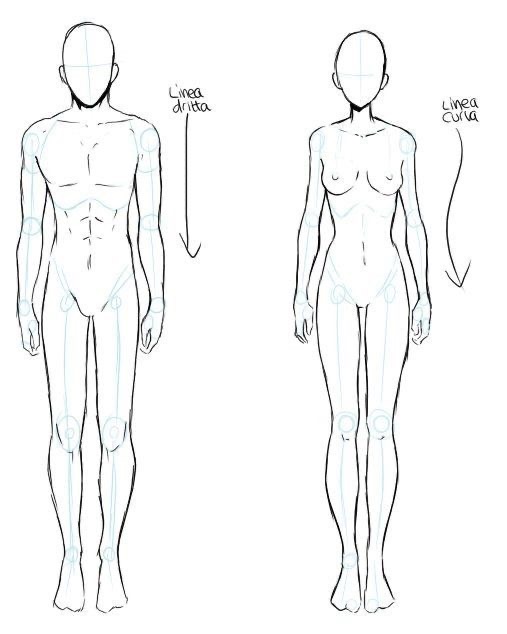
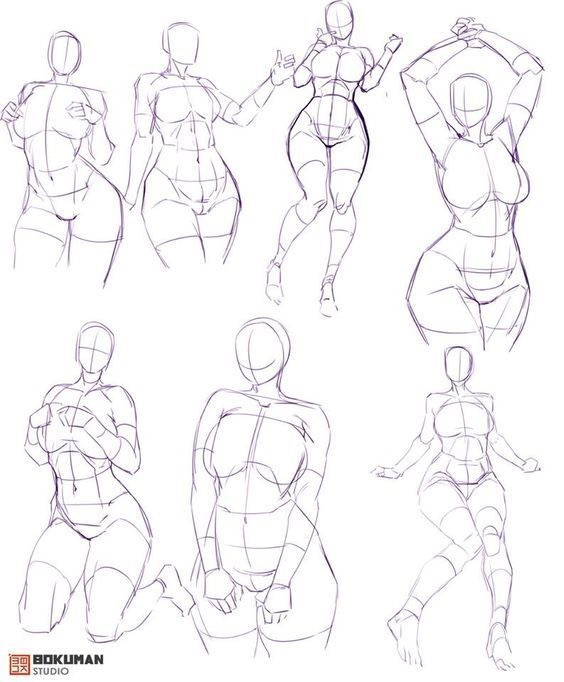
In recent years, there has been a growing movement towards representing a diverse range of bodies in art. This includes representations of different races, genders, and body types, challenging traditional beauty standards and promoting body positivity.
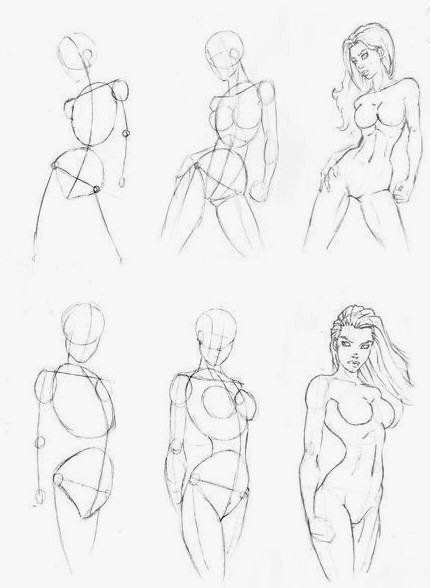
Overall, understanding the historical and cultural context of human figure drawing is essential for appreciating the diversity of this art form and the ways in which it reflects our society’s beliefs and values.
- 16.1Kshares
- Facebook0
- Pinterest16.1K
- Twitter0

